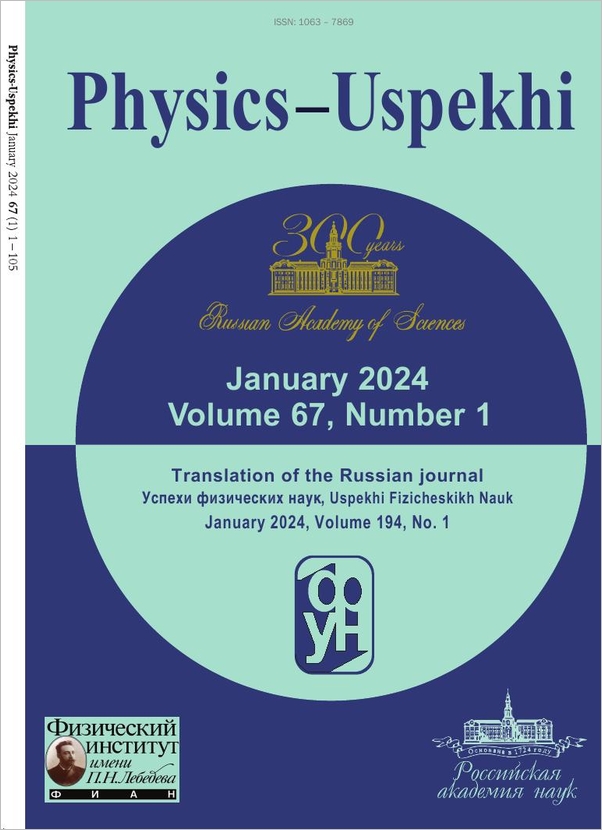|
This article is cited in 88 scientific papers (total in 88 papers)
PHYSICS OF OUR DAYS
Nonlinear compression of high-power laser pulses: compression after compressor approach
E. A. Khazanova, S. Yu. Mironova, G. Mouroub
a Institute of Applied Physics, Russian Academy of Sciences
b International Center for Zetta-Exawatt Science and Technology
Abstract:
The peak power of present-day lasers is limited by the pulse energy that the diffraction gratings of an optical compressor can withstand. A promising method to overcome this limitation is reviewed: the pulse power is increased by shortening its duration rather than increasing the pulse energy, the pulse being shortened after passing a compressor (Compression after Compressor Approach (CafCA)). For this purpose, the pulse spectrum is broadened as a result of self-phase modulation, and the pulse is then compressed by dispersion mirrors. Application of this idea, known since the 1960s, to lasers whose power is over 1 TW has been restrained until recently by a number of physical problems. These problems and possible methods to solve them are discussed in detail. The experimental results obtained over the past few years demonstrate the efficiency of the technique (compression by a factor of 5) in the range up to 250 TW. CafCA features three undisputed merits: simplicity and low cost, negligible loss of pulse energy, and applicability to any high-power laser.
Received: May 12, 2019
Accepted: May 22, 2019
Citation:
E. A. Khazanov, S. Yu. Mironov, G. Mourou, “Nonlinear compression of high-power laser pulses: compression after compressor approach”, UFN, 189:11 (2019), 1173–1200; Phys. Usp., 62:11 (2019), 1096–1124
Linking options:
https://www.mathnet.ru/eng/ufn6554 https://www.mathnet.ru/eng/ufn/v189/i11/p1173
|


| Statistics & downloads: |
| Abstract page: | 352 | | Full-text PDF : | 48 | | References: | 28 | | First page: | 12 |
|





 Contact us:
Contact us: Terms of Use
Terms of Use
 Registration to the website
Registration to the website Logotypes
Logotypes








 Citation in format
Citation in format 
